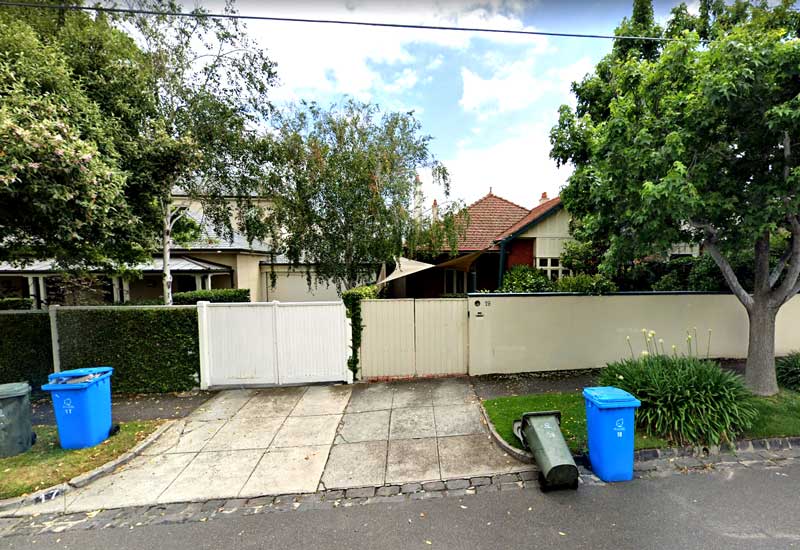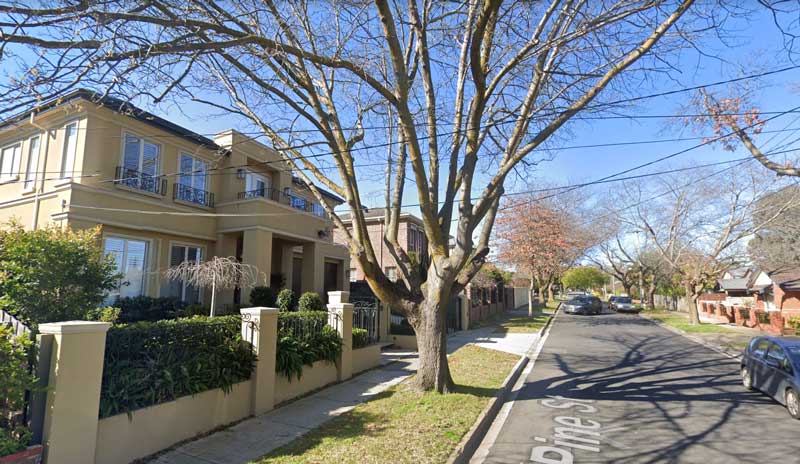In short, you can trim a neighbor’s tree that is overhanging your property. But you need to make sure you are not breaking any tree maintenance says set out by your local council.
All councils have a Tree Preservation Order which is a set of regulations about the trimming and removal of trees. In most cases, you can trim any tree by up to 10% per year without approval from the council, but you will need to refer to your specific council’s rules before proceeding.

Table of contents
ToggleTree Act Victoria
The Tree Act in Victoria is also known as the Forest Act 1958. It provides various guidelines concerning trees, including their removal and maintenance. The act also defines a tree or trees, including shrubs, bushes, trees, seedlings saplings, whether dead or alive.
It is worth noting that the Tree Act is statewide in Victoria, but you have a local council with its own tree removal and trimming rules that supersede this Act. Please go here to find local council tree regulations if you live in Melbourne.
Neighbour disputes in Victoria
Victoria recognizes disputes between neighbours concerning trees and especially overhanging trees. There are several guidelines on how to settle disputes between neighbours involving trees such as overhanging branches, dropping foliage and root damage.
The first approach recommended and the easiest is to discuss and try to reach an agreement with your neighbour about the issue.
The guidelines covering Tree disputes are provided by the “common law”. It allows you to do the following.
You have the right to cut or trim back any branches or leaves growing into your property at your own cost. It is also considered as the “right of abatement”. This is applicable when the tree is not protected by the council.
However, if the tree is protected by the council, you will have to get a permit first.
You are also responsible for any damages that are caused to your neighbour’s tree when performing the maintenance work.
However, in cases where the tree has caused some damage or private nuisance and the cause is decided by a Magistrate’s Court then the neighbour will have to pay for tree maintenance.
According to neighbour dispute guidelines, a council will not help in resolving any dispute unless the tree in question is on the council’s land.
You also need consent from your neighbour before accessing their property to do tree maintenance.
https://www.disputes.vic.gov.au/information-and-advice/trees-0
Who is responsible?
When it comes to trimming or doing any maintenance of trees overhanging into your property, it is your responsibility to carry out maintenance. Unless the tree owner is willing to do the maintenance on their own.
It can also be the tree owner’s responsibility if the tree is causing a private nuisance. Property owners are to take care of all trees on their property which includes the removal of hazardous trees.
Who pays for the tree to be trimmed?
You are the one to pay for the trimming of a neighbour’s tree overhanging into your property. According to Victoria guidelines, you will pay for any maintenance costs. You will also be responsible for any damages caused to your neighbour’s tree during the maintenance work.
Your neighbour can only pay for trimming if the tree has caused a private nuisance. This is a case that has to be decided by a Magistrate’s Court.


What if a council tree is overhanging?
Many trees owned by the council are protected. As a result, you cannot just trim them. The best thing to do is contact your local council and get informed whether the trees are protected or not. If the trees are protected and you report your concerns, an arborist will be sent to assess the tree and a decision will be made thereafter.
Can I ask my neighbour to cut his tree?
Yes. But under one condition.
This is only possible in Victoria if the tree is causing a nuisance. This means that the tree has interfered with the ability for you to use or enjoy your property. This needs to be proved by a court.
As a result, you will have to apply for a private nuisance claim through the Victorian court system and get legal advice.
For the case to be determined, you have to provide enough evidence to the court of the nuisance.
The following are things that the court will consider.
- The general environment in your neighborhood.
- Where the interference is taking or took place.
- The cause of the interference.
- If it is going on and the period it has been taking place.
- The impact caused on you.
- Whether the interference was there when you moved in or not.
- Whether the interference was still there at the time you moved in.
- The importance level of the activity that is causing interference.
- How reasonable people around would consider the interference.
FAQ's
Your neighbor’s trees can be as high as it likes. If the tree is blocking out the sun or dropping lots of leaves, this is not a strong enough reason to compel the court to cut it down or reduce its height.
If it has grown over the last few years to be blocking the direct sun to your solar panels, then maybe you have a reason, but in most cases councils want to retain trees unless they are considered a public safety issue.
The first thing is you have the right to cut or trim any branches that overgrow on your property. For you to make your neighbor cut his hedge then it must be accompanied by a court order. This can only be obtained once the court has proved that the hedge is causing a private nuisance.
The owner of the tree pays for any root damages caused by the tree. You might have a lot of trouble enforcing this if you have a neighbor in VIC that will not comply. If it is just a few tiles, I would just get them replaced, but if it has caused greater damage, then your home insurance or your neighbor’s home insurance should pay for it.
It is a case where a property owner trims or cuts leaves, roots, or branches of a neighbor’s tree overhanging into his property. It is provided by common law to deal with nuisance interfering with your private property.
Here are guidelines for resolving a tree dispute in VIC.
The first option is to negotiate with your neighbour to come up with a solution.
If the neighbour does not cooperate, follow the following steps.
- Obtain a report from an arborist that shows the tree’s condition, its safety issues as well as any maintenance required. Have it in writing and present it to your neighbour.
- Find a quote for maintenance work to be done. This will help you argue with the right figures.
- Conclude what you want to do. Whether you want to prune the tree yourself or have your neighbour do it through a court.
- If the case cannot be resolved through mediation then you will have to seek the court’s assistance. Follow this link to help you conduct mediation.
- Before you go to court make sure that you have all the details you need to prove that the tree is causing a private nuisance.











